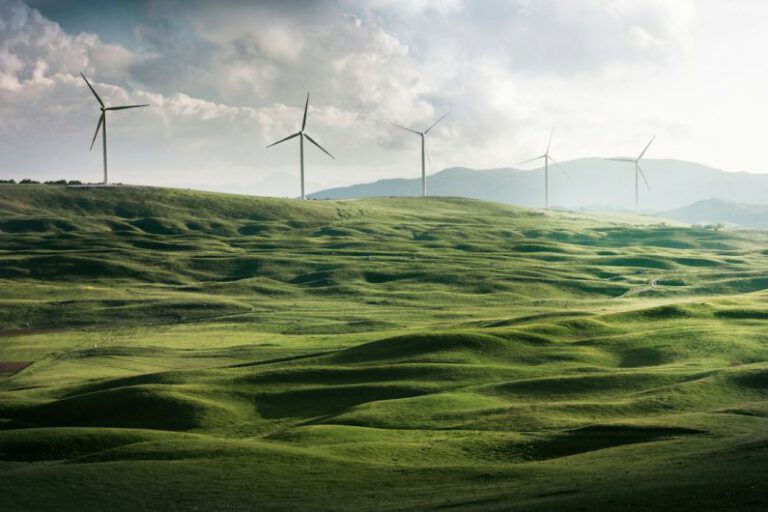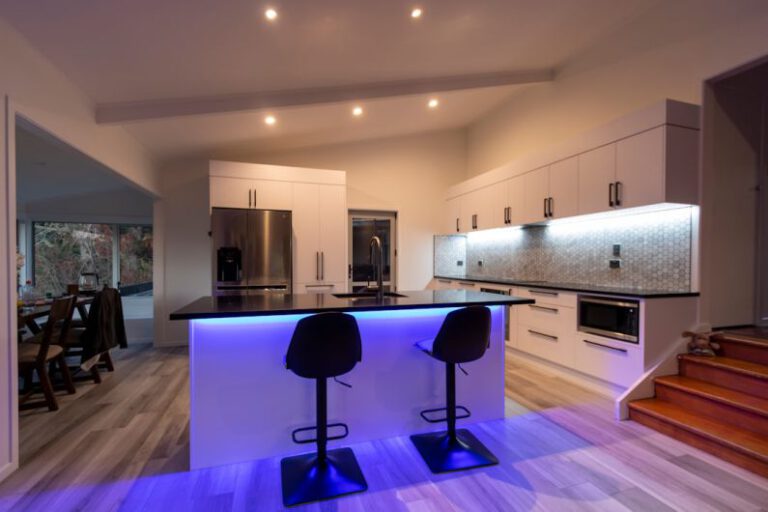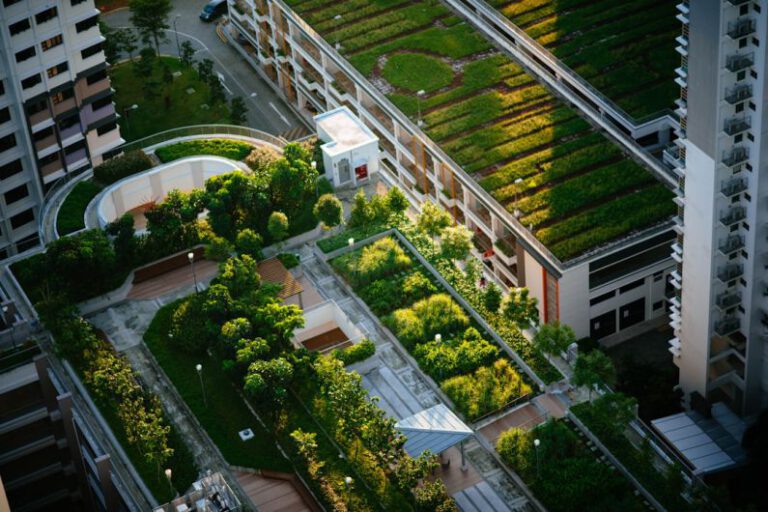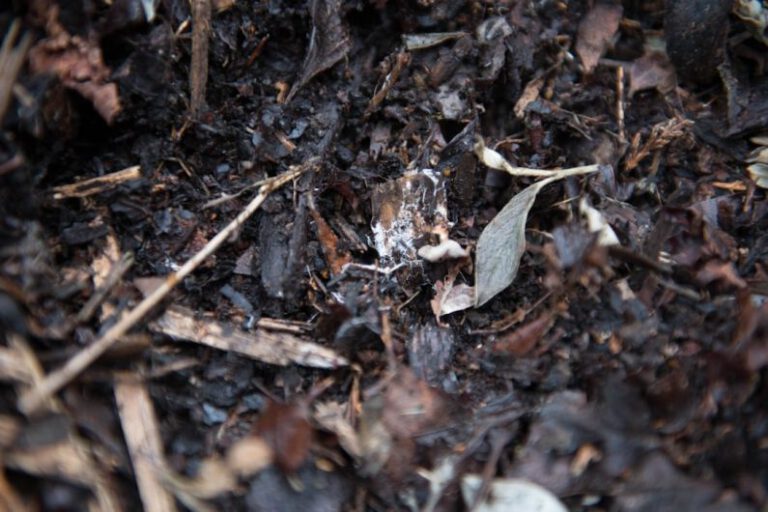Can Low-flow Fixtures Really Make a Difference?
When it comes to conserving water and reducing utility bills, low-flow fixtures have become a popular choice for many households and businesses. These innovative fixtures, including faucets, showerheads, and toilets, are designed to limit water flow without compromising performance. But can these low-flow fixtures really make a significant difference in water conservation efforts and cost savings? Let’s delve into the topic and explore the impact of low-flow fixtures in more detail.
The Environmental Impact of Low-flow Fixtures
Low-flow fixtures are an essential component of sustainable water management practices. By reducing the amount of water used during everyday tasks such as showering, handwashing, and flushing the toilet, low-flow fixtures help to conserve water resources and minimize water waste. According to the Environmental Protection Agency (EPA), traditional fixtures can account for a significant portion of a household’s water usage, with toilets alone contributing to about 30% of indoor water consumption. By replacing these older fixtures with low-flow alternatives, households can significantly reduce their overall water usage and lessen the strain on local water supplies.
The Benefits of Low-flow Fixtures
One of the primary benefits of low-flow fixtures is their ability to lower water bills. By using less water for daily activities, households and businesses can see a noticeable reduction in their monthly utility expenses. Additionally, low-flow fixtures can also contribute to energy savings, as less water usage means less energy required to heat water for showers and faucets. Over time, these cost savings can add up, making low-flow fixtures a cost-effective investment for any property owner.
In addition to financial benefits, low-flow fixtures also offer environmental advantages. By conserving water, these fixtures help to protect natural ecosystems and reduce the strain on water sources during times of drought or water scarcity. This not only benefits the environment but also helps to ensure a sustainable water supply for future generations. By making the switch to low-flow fixtures, individuals can play a significant role in promoting water conservation and mitigating the impacts of climate change.
The Performance of Low-flow Fixtures
One common concern about low-flow fixtures is whether they can deliver the same level of performance as traditional high-flow fixtures. Critics argue that reducing water flow may result in weaker water pressure and less effective water usage. However, advancements in technology have allowed manufacturers to design low-flow fixtures that provide optimal performance while still conserving water.
For example, low-flow showerheads are equipped with aerators that mix air with water to maintain strong water pressure despite lower flow rates. Similarly, low-flow faucets are designed to deliver a steady stream of water while using significantly less water than traditional models. When it comes to toilets, dual-flush systems allow users to choose between a full flush and a half flush, depending on the amount of water needed for each use.
The Bottom Line: Making a Difference with Low-flow Fixtures
In conclusion, low-flow fixtures can indeed make a significant difference in water conservation efforts and cost savings. By reducing water usage, these fixtures help to protect the environment, lower utility bills, and promote sustainable water management practices. With advancements in technology and design, low-flow fixtures now offer performance that rivals traditional high-flow fixtures, making them a practical and effective choice for any property owner looking to make a positive impact. By making the switch to low-flow fixtures, individuals can contribute to a more sustainable future and help preserve water resources for generations to come.






